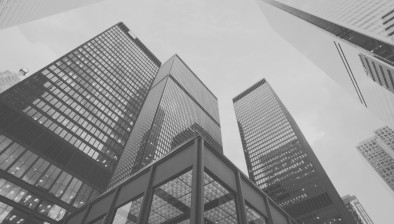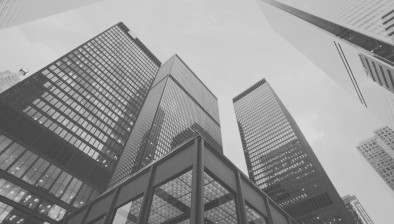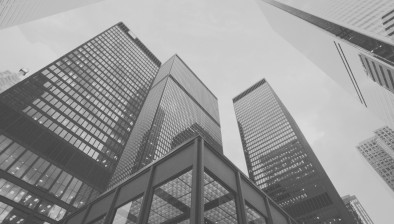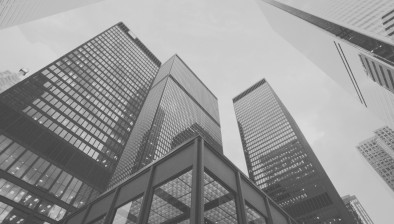Willmott Dixon on track to halve carbon emissions by 2020

Willmott Dixon has called on the construction sector to secure the future of generations to come by taking more action now to reduce carbon emissions as the company’s latest sustainability report details a 13% reduction in emissions over the last 12 months.
New performance figures for carbon, waste and broader sustainability revealed a 13% reduction in carbon emissions relative to turnover compared with 2015, and a 40% reduction compared with the company’s baseline year of 2010.
Group chief executive, Rick Willmott, explained why the company is making carbon emissions reduction a priority: “Climate change will have a profound impact on the way of life for future generations, with implications for health, food production and access to resources if we don’t curb now the effect of excessive carbon emissions into our atmosphere and the consequence that has for global warming. Any company committed to leaving a lasting legacy in the built environment must view carbon management as a key focus area.”
Willmott Dixon has focused heavily on tackling emissions in which the company has direct control, such as purchasing electricity from renewable sources and finding ways to reduce emissions from transport and the construction activities. The company is also addressing emissions generated by the supply chain that they have influence over (so-called Scope 3 emissions).
Willmott Dixon ensures its carbon performance is verified externally by Bureau Veritas. The company has also just been recertified to the Carbon Trust Standard (achieving the highest score in the sector), and remains a pioneer of the Carbon Trust’s Supply Chain Standard – the world’s first accreditation for companies managing emissions in their supply chain.
Since 2012, Willmott Dixon has calculated its unavoidable emissions and offset them by purchasing credits in projects which are reducing carbon emissions by an equivalent amount. This means the company is certified as carbon neutral.
Rick added: “With around half of the UK’s carbon emissions coming from the construction and operation of buildings, we must strive to find less carbon-intensive ways to operate as an industry. And this includes getting better at building energy efficient buildings, which will stand up to the more extreme temperatures we can expect in the coming decades.”























